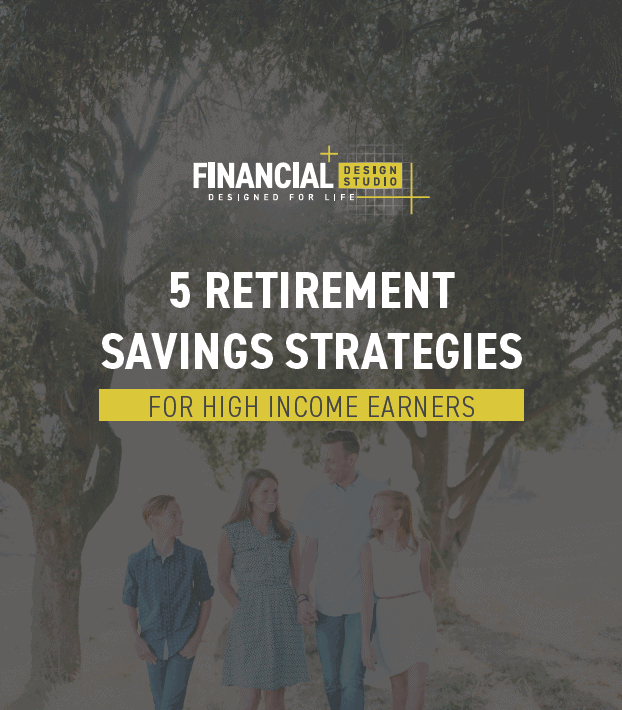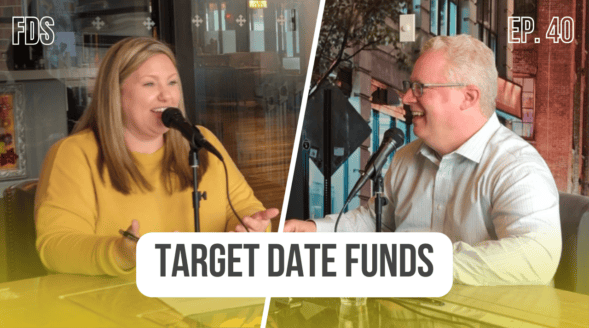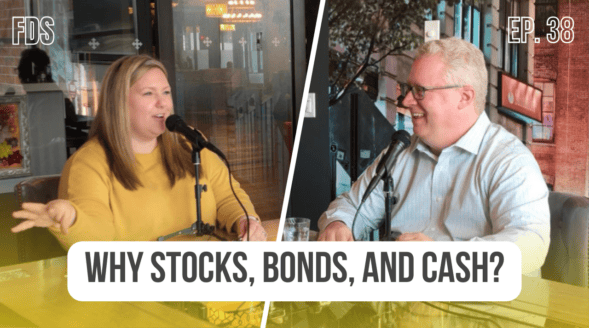Retirement Saving Strategies for High Income Earners [Video + Free PDF]
by Rob Stoll, CFP®, CFA Financial Advisor & Chief Financial Officer / November 7, 2021One of the most common questions we get from high earning business owners and corporate executives is: how can I be saving more money for retirement?
Let’s consider the 401(k) limits for 2020. You can put $19,500 ($26,000 if over the age of 50) into your 401(k) pre-tax. While that is a good amount, depending on your expected retirement lifestyle, that may not be enough for you to live in retirement comfortably. In this video and post, we’ll look at retirement saving strategies and tax saving tips for high income earners.
Retirement & Tax Saving Options for High Income Earners
As you can see from the video, we have several of options for retirement saving strategies for high income earners. You have to be very careful, so please work with a financial professional or tax accountant before changing retirement accounts or acting on any other options below.
1. Health Savings Account (HSA)
The first option is a Health Savings Account (HSA). This is important given the cost of healthcare in retirement, we are living longer, and nursing care is becoming more and more expensive. It’s really important to think about your healthcare costs in retirement as a separate expense, other than your normal living expenses.
The great thing is that when you take money out of the HSA for medical purposes, the distributions/withdrawals are not taxable. To the extent you have an HSA available to you, we recommend maxing out contributions so that when you’re in retirement, you will have a dedicated pool of money to be able to pay those medical expenses.
2. Backdoor Roth
Another retirement plan strategy that we consider is called a “Backdoor Roth”. High earners are likely going to exceed the limits where you can get a tax deduction for making an IRA contribution. However, you can still contribute to your IRA. Any contribution(s) are classified as non-deductible instead.
What we can do in certain circumstances is actually take that non-deductible contribution from your IRA and convert that to a Roth IRA. The benefit is that Roth IRAs grow tax-free and when you take money out of a Roth IRA you don’t have to pay taxes on it like you do out of a traditional IRA.
3. Mega Backdoor Roth
Another strategy, similar to a backdoor Roth, is called a “Mega backdoor Roth” conversion. In this case you are putting after-tax money into your 401(k) plan.
We know that for 2020 the limit for pre-tax contributions to a 401(k) is $19,500 ($26,000 if over 50), but you can actually put up to $57,000 into that 401(k) plan between your pre-tax contributions, your company match, and after tax contributions. The strategy is completely dependent upon if your plan allows it.
To the extent you contribute after-tax money, you can roll these funds directly into a Roth IRA once you leave the company or while still employed if in -service rollovers are permitted. This can be a great way to save a lot of extra money and additionally benefit from the money being a Roth account!
4. Taxable Account
The last thing we look at is the good old taxable account. This is the brokerage investment account that you can open up at a custodian like Schwab.
The key here is that while there are no contribution limits, you want to make sure it’s invested in a tax efficient manner. Investing in passive index funds that don’t pay out year-end capital gains distributions, owning municipal bond funds, and other asset location strategies will help make sure that while you are investing you are not paying a lot of taxes as well.
Free Strategy Guide: Retirement Savings for High Income Earners
Download our full guide here to for more info on tax planning and retirement savings strategies for high income earners. When you’re ready to get started, we’re here to help you make the most of your income, investments and savings.
Ready to take the next step?
Schedule a quick call with our financial advisors.



